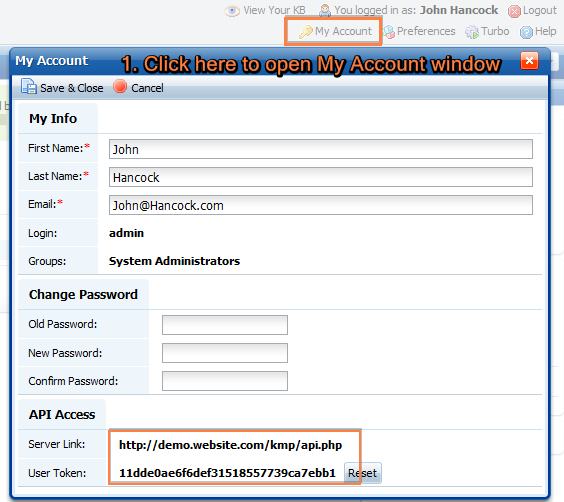


(June 2001) Programming Web Services with XML-RPC. One salient technical difference between typical RESTful protocols and XML-RPC is that many RESTful protocols use the HTTP URI for parameter information, whereas with XML-RPC, the URI just identifies the server.Ĭommon datatypes are converted into their XML equivalents with example values shown below:
PHP XML RPC CLIENT CODE
The practical difference is just that XML-RPC is much more structured, which means common library code can be used to implement clients and servers and there is less design and documentation work for a specific application protocol. In comparison to RESTful protocols, where resource representations (documents) are transferred, XML-RPC is designed to call methods. Basic access authentication can be used for identification and authentication. Identification of clients for authorization purposes can be achieved using popular HTTP security methods. The parameters/result structure and the set of data types are meant to mirror those used in common programming languages. For example, you can have a parameter that is an array of five integers. Some of these data types are complex, i.e. The protocol defines a few data types for the parameters and result. A call can have multiple parameters and one result. In XML-RPC, a client performs an RPC by sending an HTTP request to a server that implements XML-RPC and receives the HTTP response. The patent expired on 23 March 2019 Usage The patent was assigned to webMethods, located in Fairfax, VA.

The generic use of XML for remote procedure call (RPC) was patented by Phillip Merrick, Stewart Allen, and Joseph Lapp in April 2006, claiming benefit to a provisional application filed in March 1998. Prior art wrapping COM, CORBA, and Java RMI objects in XML syntax and transporting them via HTTP also existed in DataChannel's WebBroker technology. XML-RPC's idea of a human-readable-and-writable, script-parsable standard for HTTP-based requests and responses has also been implemented in competing specifications such as Allaire's Web Distributed Data Exchange (WDDX) and webMethod's Web Interface Definition Language (WIDL). UserLand supported XML-RPC from version 5.1 of its Frontier web content management system, released in June 1998. As new functionality was introduced, the standard evolved into what is now SOAP.
PHP XML RPC CLIENT SOFTWARE
The XML-RPC protocol was created in 1998 by Dave Winer of UserLand Software and Microsoft, with Microsoft seeing the protocol as an essential part of scaling up its efforts in business-to-business e-commerce.


 0 kommentar(er)
0 kommentar(er)
